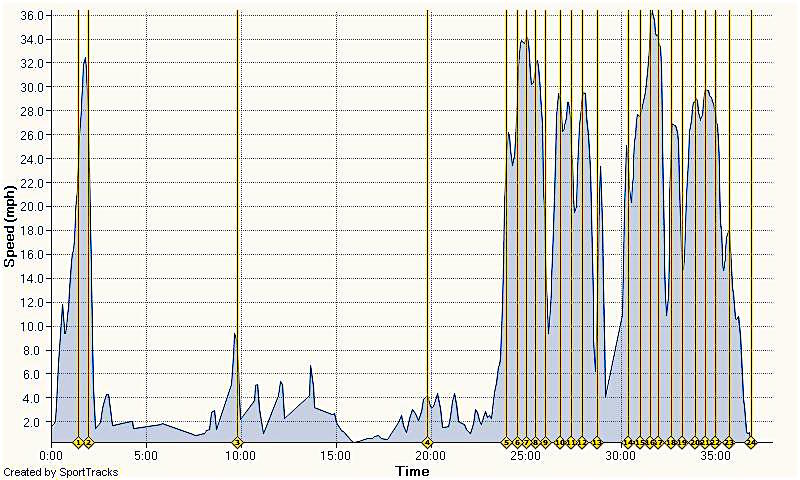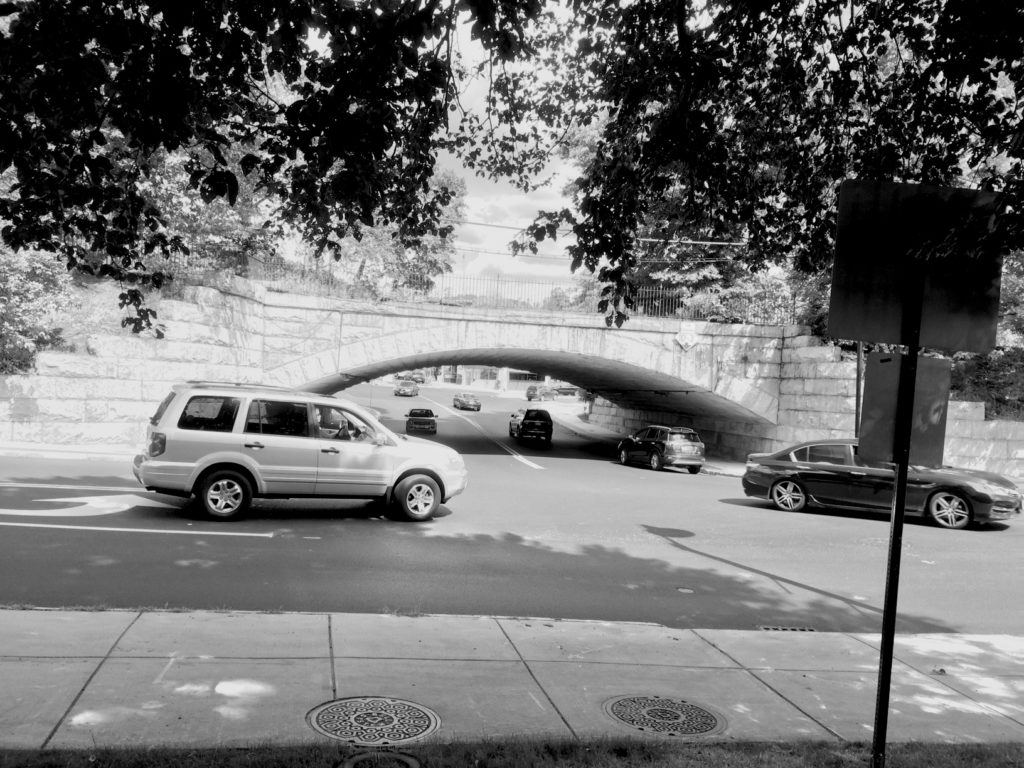My Long, Long, Long, Short Journey Across Town
by Sumner Brown
In a July 14, 2016, post on his website, state Senator Will Brownsberger alerted citizens to a proposed law, since passed, that makes it easier for local communities to lower speed limits. The motivation is improved safety for pedestrians and bicyclists.
Belmont seems to be a relatively safe place for pedestrians and bicyclists. Data available from the Metropolitan Area Planning Council, for example, show that more serious bicycle accidents occur in Waltham. This is why the Waltham segment of the Central Massachusetts Rail Trail has a higher priority for implementation than the Belmont segment. Still, Belmont might be safer if speed limits were lowered.
There is no question that a bicyclist or pedestrian is likely to be injured more seriously if struck by a vehicle that is going faster.
An elderly man was killed trying to cross White Street in 2002, and an elderly woman was killed trying to cross Trapelo Road in 2003. The vehicles involved may have been speeding.
A serious bicycle accident occurred on Concord Avenue at Bright Street this year, where the bicyclist was riding in the designated striped bicycle lane. But my impression from reading the Belmont Citizen-Herald police log is that bicycle and pedestrian accidents are a smaller public safety issue for Belmont than domestic violence, drivers disobeying traffic regulations, and alcohol misuse.
A typical response to the idea of lower speed limits from car drivers (in my own limited survey) is, “Terrible!” As an engineer I was curious whether drivers had rational cause to oppose lower speed limits. So I became a simulated car commuter for a week and gathered data. My data show that displeased drivers in Belmont have a point. I’ll explain that point, then I’ll explain why, as a bicycle rider, I am indifferent to reduced speed limits.
To collect traffic data, I took car trips on three routes through Belmont during the morning rush while wearing a GPS device. The device is useful for bicycling and running because it can continuously measure and record position (to about 20 feet accuracy) and time. Thus at the end of a trip I knew where I went, how far I went, and how fast I was going at each point.
![. . . over half of my trip time was waiting to get through the [railroad] underpass.](https://www.belmontcitizensforum.org/wp-content/uploads/2016/09/traffic-jam-tour-8-9-2016-map.jpg)
My trip on Tuesday morning, August 9, at rush hour. The numbered diamonds correspond to specific points on the speed/time chart below.
The small diamonds on the map and the speed graph show quarter-mile marks. You can see that while waiting to get through the railroad underpass at the intersection of Leonard Street, Concord Avenue, and Common Street (see markers 2–5, beginning way back at Prospect Street), I drove about half a mile at a walking pace. The speed versus time graph shows that over half of my trip time was waiting to get through the underpass. After the underpass, I stopped at a few red lights, but I got through them in a single light cycle.

For most of my trip (between points 2 and 5) around Belmont at “rush hour,” you can see I was traveling under five miles per hour. It made for a long, long, long, short ride.
I expected to find that I would be waiting at multiple bottlenecks so my trip time would be dominated by the capacity of the bottlenecks to pass vehicles and the number of vehicles going through. What I found is that for each of my three simulated morning commute routes, there was just one terrible bottleneck: at the railroad bridge, at the end of Brighton Street at Concord Avenue, or at Winter Street and Mill Street going toward Route 60. Even though this was in August, when school is out and many are away on vacation, each trip had an awful bottleneck.
If speed limits were reduced, and if the new limits were obeyed, trip times would increase.
If speed limits were reduced, and if the new limits were obeyed, trip times would increase. For the trip shown on page 7, total time would increase from about 37 minutes to 41 minutes for a 20 mph speed limit everywhere in Belmont.
As a bicycle rider I have bicycle wisdom that has been keeping me safe for many years. This wisdom has come in part from moments of bad judgment. (Education is often expensive and unpleasant!) I make a point of staying out of the way of other vehicles, and I anticipate traffic problems before they become critical.
I wear bright clothing, and I use lights at night. My first priority while riding is to be safe, not to get exercise or to make good time. I do not like traffic in Belmont, but I’m comfortable with what we have. However, I usually plan my trips to avoid peak traffic.

Belmont residents are familiar with the railroad underpass bottleneck at the junction of Concord Avenue, Common Street, and Leonard Street. Shown here, at midday, it’s relatively easy to traverse. At rush hour, it takes considerable patience.
Another reason I’m indifferent to lower speed limits is that I live close to the Belmont Hill School where the speed limit near the school is already 20 mph. Maybe some of the cars slow down a bit, but most drivers seem to ignore this lower speed limit. The Belmont Police Department had a community outreach program for people in my precinct a few years ago. The presenter admitted that the most the police hope for is that some drivers will slow at least slightly near the school.
Public roads serve a public purpose and lower speed limits would, if observed, decrease the public good of the roads.
Public roads serve a public purpose and lower speed limits would, if observed, decrease the public good of the roads. And, as I said, I am comfortable bicycling in Belmont traffic. So I’m indifferent to lower speed limits in Belmont. Other bicyclists who ride in Belmont can also tolerate Belmont traffic. But perhaps if speed limits were lowered, more people would bicycle. This question is important, and it may soon be answered by some community’s experiment.
Sumner Brown is a Belmont resident and a director of the Belmont Citizens Forum.


Sorry, the comment form is closed at this time.